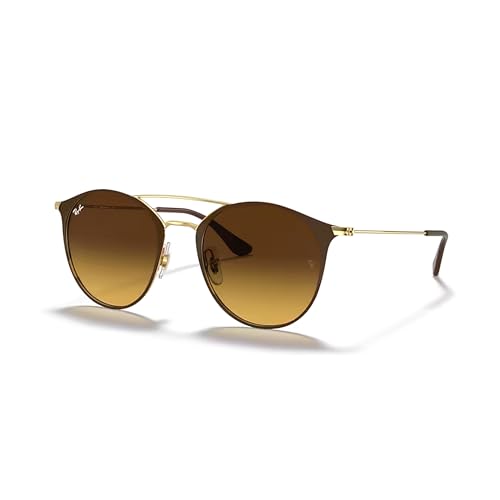924T
Well-known member
I'm looking at using a Reflux Condenser on top of a boiling flask or an Erlenmeyer (all 24/40 joints), and
I'm interested in finding out just how much weight (additional pieces of glassware) can be safely employed
with the flasks?
The 2 scenarios I'm considering are running 2 400mm Reflux Condensers in series, or 1 Condenser and
2 Chromatography reservoirs in series. There may very well be a Claisen adapter inline, too.
I've seen pictures of a rectangular grid with multiple clamps on it to hold various pieces of glassware in
laboratories (I don't know the correct name/term for such a thing)-------would something like that be
necessary to stabilize an 'array' like I would like to use?
Many thanks,
Mike
I'm interested in finding out just how much weight (additional pieces of glassware) can be safely employed
with the flasks?
The 2 scenarios I'm considering are running 2 400mm Reflux Condensers in series, or 1 Condenser and
2 Chromatography reservoirs in series. There may very well be a Claisen adapter inline, too.
I've seen pictures of a rectangular grid with multiple clamps on it to hold various pieces of glassware in
laboratories (I don't know the correct name/term for such a thing)-------would something like that be
necessary to stabilize an 'array' like I would like to use?
Many thanks,
Mike























































